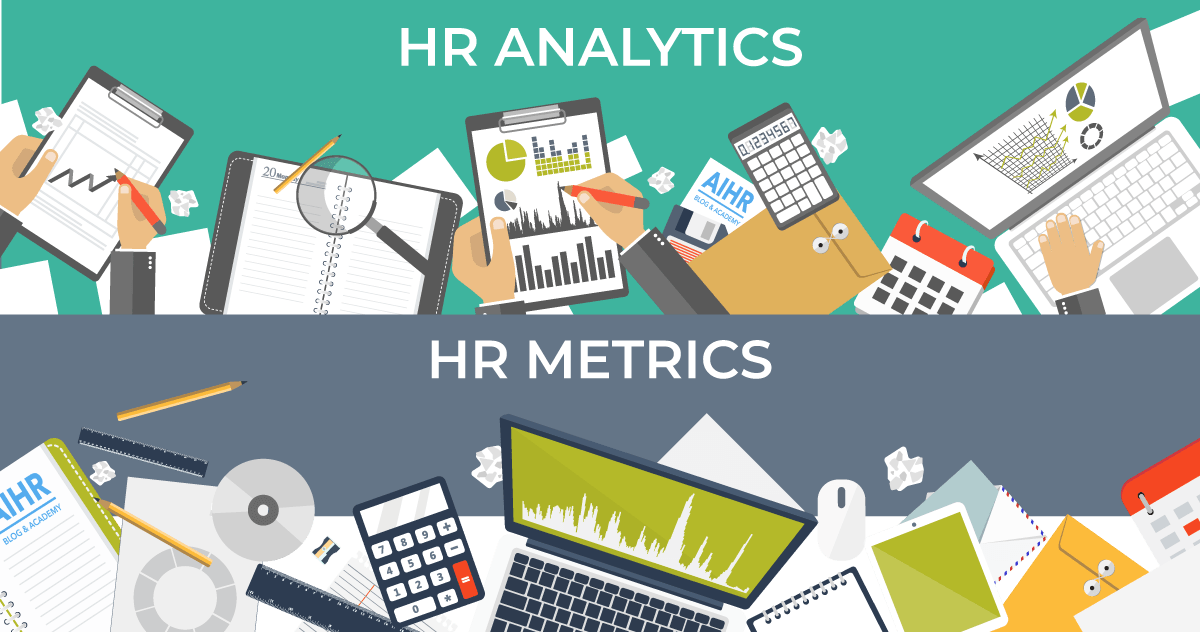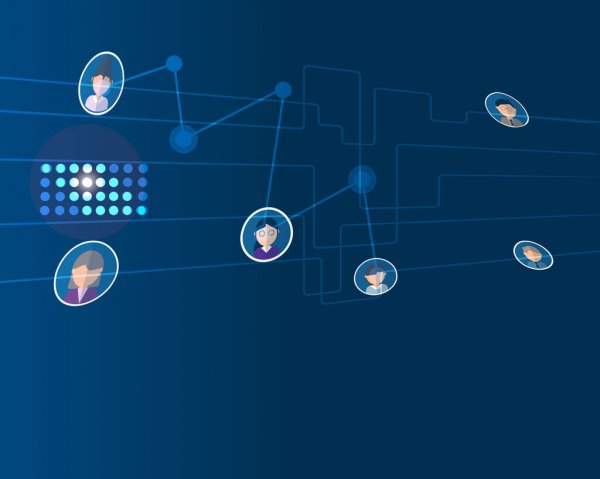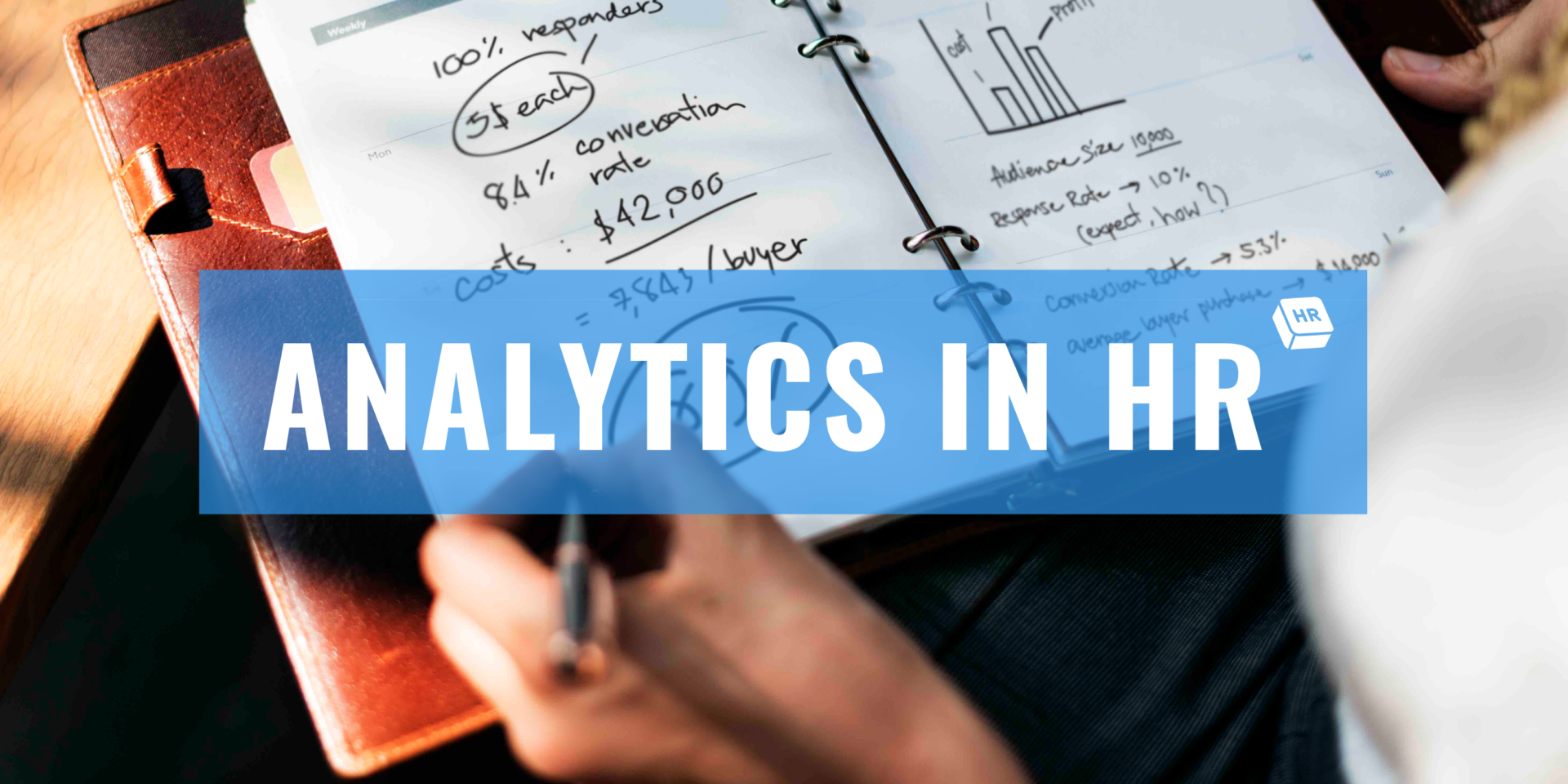Hello!
Making decisions was never an easy task. With the rise of data-driven decision making, data has been considered a significant asset for most companies since they had to apply advanced analytics to gain a competitive edge in the current market.
Currently, the emergence of digitization and innovation has widely struck the human resource field. Businesses are now aware that technological advancements, innovation, and developments have disrupted the HR field and if not taken into consideration, people may be left behind.
 Organizations need to understand how technology and trends are impacting the HR field.
Organizations need to understand how technology and trends are impacting the HR field.
Grasping in-depth knowledge in knowing how to apply these trends at workplaces can help the organization become efficient, effective, and more productive.
Brian Kropp, chief of research for the Gartner HR practice says,
“Tackling this next phase – the future of work – involves planning for and leveraging the changes in the way work gets done over the next decade, influenced by social, generational and technological shifts.”
 Gartner.Inc also says that there are a mere 9% of the Chief Human Resource Officers agree that organizations are prepared for the future workforce. For organizations to drive future performance, they would now need to strictly focus on areas such as rethinking about ways for which employees will be able to develop skills, building an internal transparency strategy, overhauling the role of manager for the new workforce, using technologies such as AI and big data so that they will be accessible to the current jobs.
Gartner.Inc also says that there are a mere 9% of the Chief Human Resource Officers agree that organizations are prepared for the future workforce. For organizations to drive future performance, they would now need to strictly focus on areas such as rethinking about ways for which employees will be able to develop skills, building an internal transparency strategy, overhauling the role of manager for the new workforce, using technologies such as AI and big data so that they will be accessible to the current jobs.
What is HR analytics?
is also known as ‘talent analytics’ is a process through which analytical processes are used to enhance the performance of the employees.
 Because there is so much data available that these professionals need to first identify which data is important, and how to use it to derive positive insights.
Because there is so much data available that these professionals need to first identify which data is important, and how to use it to derive positive insights.
This process is followed to learn the methods of how one can best manage employees to reach business goals. For this, the data that is gathered by the organization is used for decision-making as well as process improvement.
So, what’s different about people analytics?
 It is just another term that is used besides talent analytics and HR analytics.
It is just another term that is used besides talent analytics and HR analytics.
In short, it is a form of big data that uses mathematical expressions, statistics, and data modeling to the related data for future predictions.
This is majorly used in the HR field helping them make better data-driven decisions about the entire data aspect of HR strategy in alignment to improve organizational goals.
Core responsibilities of human resource analytics
They play the role of bridging the gap between various activities that are executed by the department itself. For instance, if a tech organization wants to improve collaboration across departments in their company to raise innovative ideas that need to be incorporated in their software – initiatives like collaborative tools, company events, or shared workspaces can easily be implemented to overcome these challenges.
For HR leaders to keep a check on how great their initiative was, they could easily use HR analytics to examine the correlation between strategic goals and the initiatives that were taken.
 How human resource analytics work?
How human resource analytics work?
- You gather the data
- Then you feed these data into sophisticated data models
- Use of algorithms and other tools for predicting positive insights
These insights come in the form of: –
- Visualizations
- Reports
- Dashboards
 This is done to ensure there is continued improvement in processes such as:
This is done to ensure there is continued improvement in processes such as:
- Data-gathering
- Benchmark analysis
- Data-cleansing
- Evaluation of goals and KPIs
- Analysis
- Execution of plan
- Streamlining of processes
- Creating an action plan based on the analysis (testing new ideas)
What these metrics can measure?
- Training efficiency
- Absenteeism of employees
- Human capital risk
- Training expenses of an employee (per)
- Turn-over rate
- Offer acceptance rate
- Revenue per employee
- Duration to fill in a new employee and hire a new employee
What are the major tools used in HR data analytics?
These tools signify the means and ways through which talent analytics function.
 Let us have a look at some of the tools used during employees’ evaluations:
Let us have a look at some of the tools used during employees’ evaluations:
1. Support the plan of the organization
For every planning that is made by the organization, this needs to be aligned according to the organizational goals.
2. Offering priority to the investments
The HR department needs to take care of the priorities according to the primary motives. These actions should be lucrative to the organization providing huge investments.
3. Identifying opportunities
 Several opportunities come in the way of HR analytics. Thus, it is their responsibility to identify the right and relevant opportunities so that the overall performance of the employee shouldn’t be hampered.
Several opportunities come in the way of HR analytics. Thus, it is their responsibility to identify the right and relevant opportunities so that the overall performance of the employee shouldn’t be hampered.
4. Enabling managers to take actionable decisions
Managing the managers’ decision making is one of the core responsibilities HR departments need to take care especially when it comes to managing the workforce. This is crucial since they hold a higher position and the decision made by them is their final word.
5. Utilization of the top-down approach
This simply means that the higher authorities have the full advantage of offering relevant information to the lower authorities. Thus, it is considered as a bridge between the top line and bottom line employees.
The Future Prospect
We’re already on the verge of a seismic change. To compete with the hypercompetitive world organizations should now embrace a data-driven culture. Data analysis no doubt is a necessary tool to move beyond this paradigm shift to ensure business goals are met.
How prepared are you for the future of work?
Thank you!
Subscribe to our newsletter! Join us on social networks!
See you!






